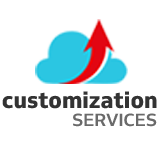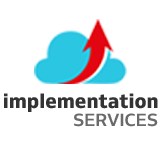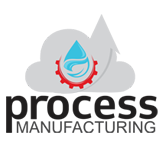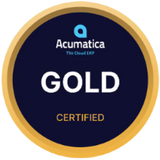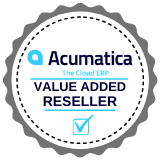The medical device manufacturing industry, vital for saving lives, is impacted by economic fluctuations, demographics, and technological advancements. It involves various components like needles, syringes, defibrillators, diagnostics, and monitoring devices. With growing health needs and population, the sector is expected to advance significantly, prompting manufacturers to explore new technological solutions.
Trends in the Medical Devices Industry
Advancements in Material Science:
One of the most influential trends in medical device manufacturing is the continuous evolution of materials used in device fabrication. Traditional materials like metals and plastics are being augmented or replaced by advanced materials such as biocompatible polymers, shape-memory alloys, and bioresorbable materials. These materials offer improved properties such as enhanced biocompatibility, flexibility, and durability, opening up new possibilities for medical device design and functionality.
Digital Health Integration:
Integrating digital health technologies into medical devices is revolutionizing patient care and management. Devices with sensors, wireless connectivity, and data analytics capabilities enable real-time monitoring, personalized treatment, and remote patient management.
From wearable devices that track vital signs to implantable devices that communicate with healthcare providers, digital health integration is enhancing both the efficacy and accessibility of medical devices.
Additive Manufacturing (3D printing):
3D printing revolutionizes medical device production, allowing rapid prototyping and customization of complex devices. From customized implants for patients to surgical tools designed to meet specific requirements, 3D printing provides unmatched design versatility and accuracy. Moreover, it allows for immediate manufacturing, cutting down on lead times and expenses linked to conventional manufacturing techniques.
Regulatory Compliance and Quality Assurance:
Compliance with international standards and regulations is paramount for medical device manufacturers in an increasingly stringent regulatory environment. Stringent quality assurance processes and documentation requirements are essential to ensure medical devices’ safety, efficacy, and reliability. Manufacturers must stay abreast of evolving regulatory requirements, such as FDA guidelines, to navigate the complex landscape of global market access.
Emphasis on Sustainability:
As sustainability becomes a global priority, the medical device manufacturing industry is shifting towards eco-friendly practices and materials. Manufacturers are exploring renewable resources, recyclable materials, and energy-efficient processes to minimize environmental impact throughout the product lifecycle. Sustainable manufacturing practices reduce carbon footprint and resonate with environmentally-conscious consumers and healthcare institutions.
Personalized Medicine and Customization:
Advancements in genomics, biomarkers, and precision medicine are driving the demand for personalized medical devices tailored to individual patients. Customization is becoming increasingly prevalent in medical device manufacturing, from patient-specific implants to customized drug delivery systems. This trend enhances treatment outcomes and patient satisfaction and facilitates the development of targeted therapies for complex diseases.
Conclusion
Acumatica ERP presents a comprehensive solution tailored to enhance the efficiency and productivity of medical device manufacturing businesses. By integrating robust features such as real-time data visibility, inventory management, regulatory compliance tracking, and streamlined financial operations.
Acumatica empowers organizations to optimize processes, ensure quality control, and adapt swiftly to industry demands. Its scalable and customizable platform equips medical device manufacturers with the agility and insight to navigate complex regulatory landscapes, drive innovation, and achieve sustainable growth in a competitive market environment.

Sangeetha brings 20 years of experience in Information Technology which includes Solution architecting, building micro services, research, and evaluation of business applications, integrating apps.




